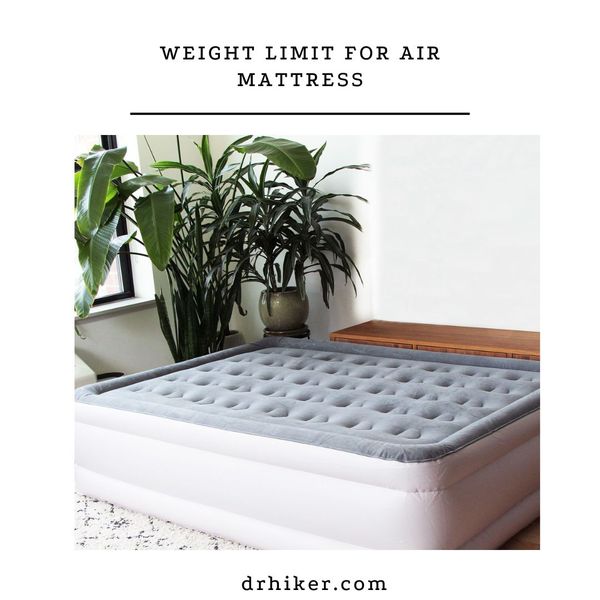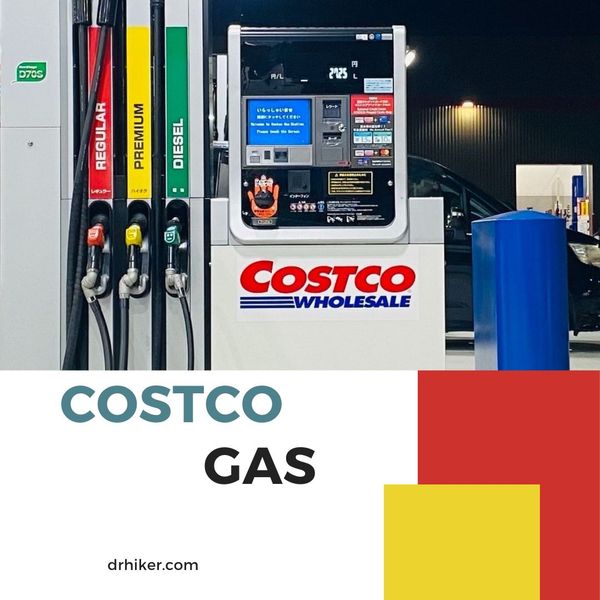Remove the pot from the stove, turn off the nozzle, and start checking the furnace.
The major cause of the yellow flame is incomplete combustion or a clogged nozzle or burner. Let us discuss all the reasons in detail.
How is the yellow flame produced?
All the Stoves having butane, propane and methane burn with a blue flame in complete oxygen supply. The blue pet is the indication of efficient and complete burning. So the yellow flame burning is not efficient, and there is some hindrance in the complete burning.
Major causes of the yellow flame on the stove:
Now there are multiple reasons for the yellow flame of the stove like incomplete combustion, nozzle damage, and many more. The basic reasons are:
Fuel Run out:
In some cases, fuel running out will also cause the yellow flame. Sometimes the dirt and coagulation of the power will be due to the inappropriate quality that makes the energy run out fast from the fuel tank and produce the yellow flame.
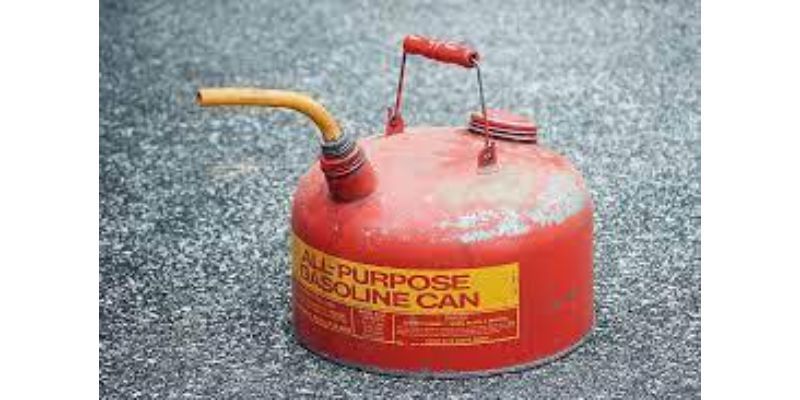
The easy way to diagnose this issue is to check the natural fuel mark line on the fuel tank. Suppose it is low than the recommended line it needs to refill. Do not use any other fuel instead of the recommended fuel.
Clogged Burner:
The most common reason for the yellow flame is the clogged burner. The burner is the stove part that makes a stoichiometric ratio of the air and the fuel and helps make a good flame.
There are multiple reasons for the clogged burner.
The basic reason is the corrosion of the burner when you are using the burner for cooking. Then the above metal surface of the burner starts to erode.
This corrosion begins to get off from the metal surface. It accumulates in the below holes, and the air passageway begins to block the air supply.

Sometimes in some outdoor activities, insects and foreign particles like the dirt fall into the burner hole and clog the air supply. It also happens that some of the oily and greasy food particles get into the burner hole, and this layer jam the air passage.
You can also watch ‘in this video’ how to clean the burner:
Air runs out:
After the above two basic inspections, if the problem is not erect, then this may happen. But most people do not recommend it as a big issue.
It happens when there is leakage in the pipes, system, and fitting. It also happens when you are not providing enough space for all the fumes to release into the air or proper ventilation.
For this purpose, give a venting space to all pipes and appliances instead of the attic space.
Pilot flame defect:
This issue mostly occurs in some gas ranges. Some old versions have a pilot light that produces the flame with heat. If it is not working properly, then the yellow flame is produced.

Remove the sheet and detect the pilot light to check this pilot flame. If it gets dark or any smoke is coming from it, it is better to address the problem before lit the stove again. If there is no big issue, it is better to replace it for better work.
Incorrect use of the nozzle jet:
Sometimes you face this situation after the replacement of the nozzle jet. It is because every fuel has its specific nozzle orifice to produce the correct ratio. You cannot use the propane stove nozzle jet for the natural gas stove. A propane stove has a small nozzle orifice compared to a natural gas stove.
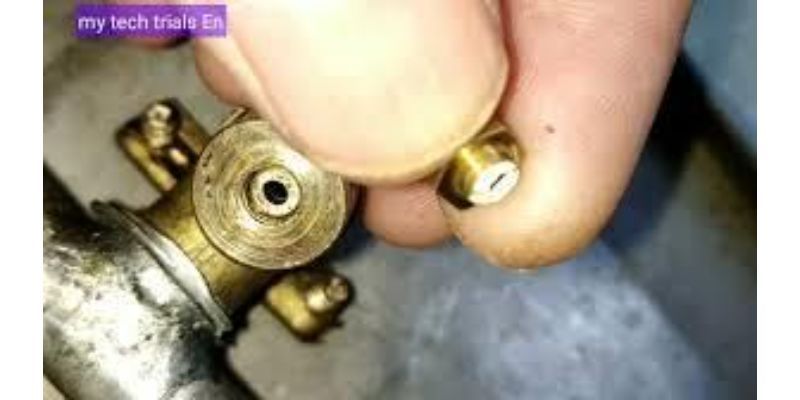
So you must remove the nozzle jet before using the natural gas in the propane stove.
Check the best way to change nozzle of the stove in this video:
Wrong alignment and damage of the nozzle:
In your burner, there is a nozzle that controls the gas pressure through the finely tuned pinhole for the proper burning. It is also called the orifice.
The high pressure of the emitting gas molecule through the pinhole creates a vacuum in the venturi section, which then take the air molecule inside the burner through the sucking. If something happens wrong with the stove during its rough usage, the high pressure of the coming gas molecule will not create a good vacuum.
Thus we will not have a good air and fuel ratio. So a yellow flame due to incomplete combustion will produce.
Incorrect use of the fuel in the stove:
Different fuel requires a different ratio of air and fuel to burn. Each stove is designed according to the nature of the energy used, and it cannot use for the other gas stove.
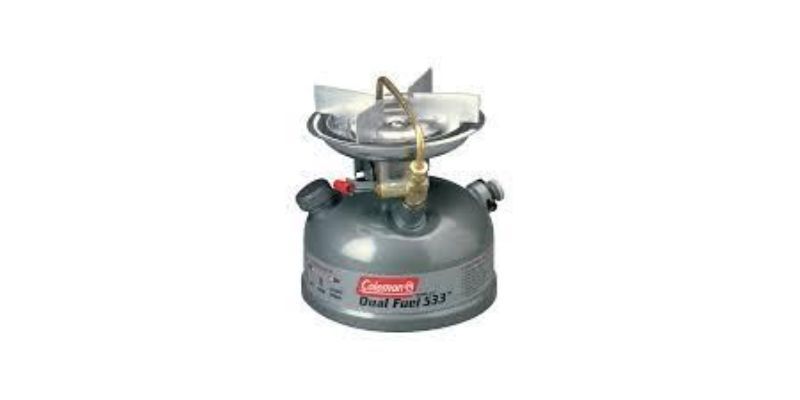
For instance, butane requires more air for complete combustion compared to natural gas. So you cannot use the same stove for the natural gas and the butane. Otherwise, it will produce a yellow flame due to insufficient air supply.
Is yellow flame dangerous?
A yellow flame indicates that the fuel has not burnt properly. What would be the hazards of the inefficient burning of power? Let us know:
- The yellow flame indicates inadequate and incomplete combustion, so it is less efficient. So it would deliver less energy as compared to the blue flame. Due to an insufficient supply of the oxygen-less molecule, the fuel will burn and mostly converted into soot.
- The yellow flame always has a low temperature compared to the blue flame. So the fire with yellow flame takes more time to cook the food than the blue flame.
- Incomplete combustion produces soot which is the fine particle of carbon monoxide. This soot is black, which makes your utensils black from the bottom.
- Carbon monoxide is a hazardous health gas produced due to incomplete combustion and the leading cause of death due to poison inhalation. However, if you burn the stove in the open, then it will not cause suffocation.
Method to fix the yellow flame:
If your stove is giving the yellow flame continuously and you fail to find the right reason, then start to follow the following methods of fixing it one by one:
- Detect any leakage, deterioration, and crack in the pipe and the hoses. Suppose you cannot detect the leakage, spray the soapy water on the tube and turn on the fuel tank valve. The bubbles will come out of the leakage point.
- Clean your burner regularly. It will prevent the corrosion from getting into the burner holes and clogging the air passageway.
- Check the dents and damages on the burner that will destroy the correct air and the gas ratio. So if there is any, make it right.
- Also, use the right orifice of the stove and the right fuel in the right stove.
FAQS:
What is the color of the flame in complete burning?
The blue flame is the representative that all is well. And there is no issue in the burning of the fuel. Fuel burn in the stoichiometric ratio of oxygen.
How much time do you have to replace the Stove regulator?
It is better to replace the regulator of the stove after every ten years. Otherwise, the signs of old age will be visible. And the date of expiry is also pasted on the packing bag.
Is the cooking on the orange flame good or not?
Orange flame produces a considerable amount of carbon monoxide, a great hazard for health, utensils, and cooking food.
Which is the best way to clean the Burner of the Stove?
Make a thick paste of the water by adding a handful of baking soda and little water and mix it well. Coat your burners with this paste and leave them for 20 minutes. Then all the strictly stick residue will get off and can easily be removed with the sponge's help.
Wrap up:
You have come to know that the yellow flame shows inefficient burning. As you know the effects of yellow love burning, you can enjoy yellow flame-free burning by adopting the above-explained methods and tips.





